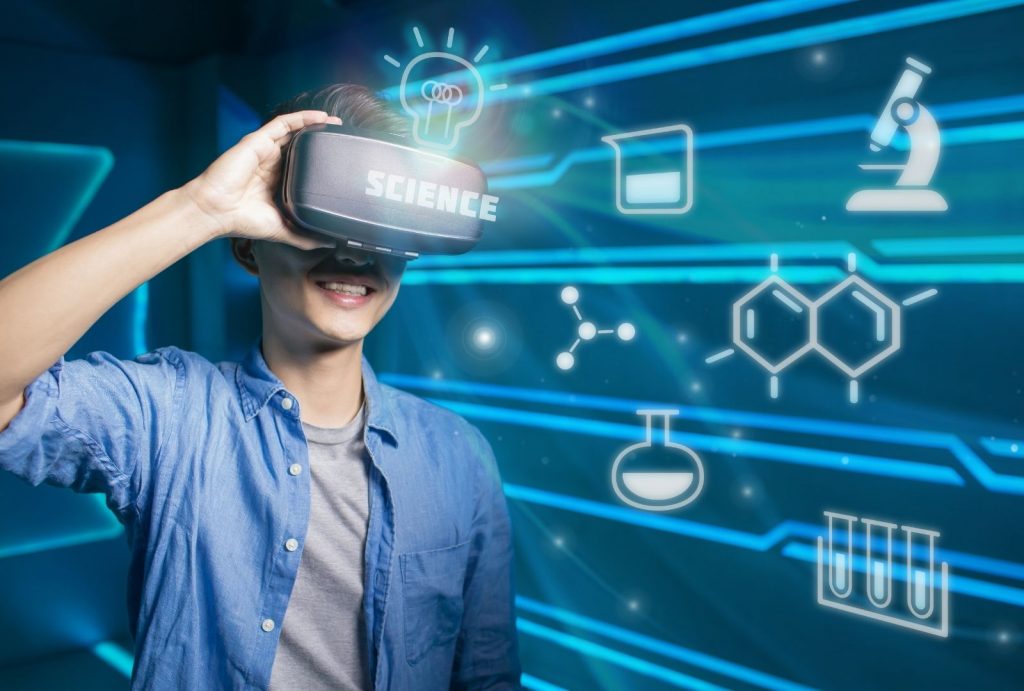Applying new technology to an old problem. – Lenovo’s VR Classroom 2
The most common approach is to try to emulate what it is that you are replacing. This is what most of the new collaboration companies seem to be focused on, including Meta, which are trying to use avatars and virtual rooms to replace the physical classrooms, conference rooms, and auditoriums we have used for physical meetings. And if you have used any of these tools, you have discovered that virtual reality (VR), right now, stinks at replacing reality with an alternative.
The reason this approach does not work well is because rather than using the strength of the VR platform as it currently exists, these tools are using it to replicate the weaknesses of the physical meeting areas. In a meeting room or classroom, you must use presentations, slides, projectors, and TVs to bring content into the room. But with VR, which is an emulation technology, you can take the audience to the content.
This is what makes Lenovo’s VR Classroom 2 different. It focuses on the strengths of VR not the weaknesses of the classroom.
The Advantage Of The Disruption Limiting Approach
Since most of the new collaboration vendors are using the approach that reduces initial disruption by emulating classrooms, there must be an advantage to this approach, and there is. It is easier to sell, because it addresses the problem the entity is attempting to solve. In this instance, that problem is the need to isolate the students and the teacher to prevent the spread of the COVID-19 virus.
So it is easier to sell, but it fails because, initially, no alternative technology can just step in, with equal effectiveness, and replace part of an ecosystem that was designed around the older solution. Automobiles were initially not as useful as horses and only became so when roads, gas stations, and new car designs allowed them to fully utilize the unique advantages they had. Early on, horses could go where cars could not. They could exist where there were no gas stations or roads, and riders understood how to keep them healthy.
So the reason that VR solutions are not doing the job is because they are trying to recreate classrooms, so they can be sold more easily. But that approach means they do not live up to expectations, and the result appears to be less effective than the physical rooms they are trying to replace.

